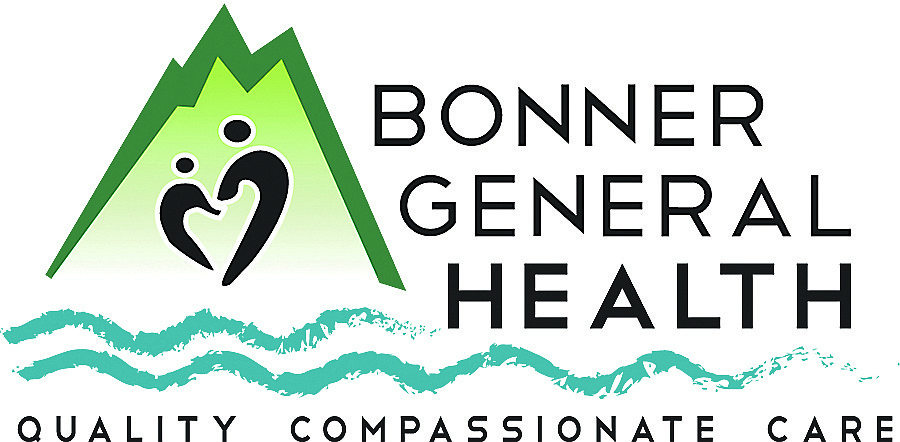Surprising facts about eye injuries
The American Academy of Ophthalmology says that most of us think that the bulk of eye injuries occur in the workplace. Well, we’re obviously wrong, because close to half of these injuries happen in the home while more than forty percent are related to sports or recreational activities.
The fifth-annual Eye Injury Snapshot conducted by AAO and the American Society of Ocular Trauma found that “Home repairs, yard work, cleaning and cooking caused more than 40 percent of eye injuries. More than a third of those injuries in the home happened in the kitchen, bedroom, bathroom, living room or family room.” If I do the math, two-thirds must happen in the garage or backyard.
“More than 78% of people were not wearing eyewear at the time of injury. Only about five percent of those who were wearing eyewear (including glasses or contact lenses), were wearing safety or sports glasses,” AAO says.
You may not be surprised to learn that men are more likely to get an eye injury than women. Or that the sun can damage your eyes as frequently as objects, chemicals or dust. We should wear sunglasses or sports-appropriate UV-protective goggles whenever we’re outdoors.
I read an article about cooking habanero chilis the other day. It said, “We recommend wearing a respirator or mask and lab goggles while making super spicy hot sauce.” Who knew that?
Anthony Gonzales, O.D. is an optometrist at Wilmer Eye Institute at Johns Hopkins Medicine. He tells us that household products are responsible for more than 135,000 serious eye injuries annually.
“Injuries can occur commonly while cleaning, as chemicals can accidentally splash into the eyes. Dusting high-to-reach areas can also put the eye at risk for particles to get into the eye. Yardwork also puts the eye at risk due to fast-moving objects possibly approaching the face.”
He also mentions that the risk of children, or older adults, falling can cause traumatic injuries to the face and eyes. Which leads us to advise you to make sure the edges of furniture and home fixtures have no sharp edges, and to install lights and handrails for safety on stairs.
What else can we do? We can be careful when opening bottles of wine or carbonated drinks. Wear those safety goggles when using hazardous solvents and detergents. Don’t mix cleaning agents. Turn nozzles away from your face before spraying. Wash your hands after using household chemicals. Use guards on all power equipment. And always wear protective eye gear while using a lawn mower, weed trimmer or other power tools to protect against flying debris.
Sports-related eye injuries result in around 40,000 emergency room visits each year. “A lot of the blunt force injuries to the eye we see in the clinic is sports related,” Gonzales says. “They’re usually from soccer or racquetball. Any sport that has a fast object approaching you puts you at a risk.”
He says that sunglasses should be worn even on cloudy days and that one should never look directly at the sun. “Wear a helmet with a polycarbonate face mask or wire shield during high impact sports, wear safety goggles while using a device that shoots pellets, arrows, paint balls or other projectiles, and of course, when handling fireworks.”
If a foreign object is protruding from the eye, call 911 immediately. Seek emergency care for any scratches or lacerations. If you get a blow to the eye, apply a cold compress without putting pressure on your eye. “If your eye hurts when it moves, if there is bleeding or bruising, or if there are changes in eyesight, call an eyecare professional promptly,” Gonzales says.
You’ll also want to call your eyecare provider if you have any signs of problems such as redness, swelling, excess tears; tired, aching or heavy eyelids; eye pain; problems focusing’ muscle spasms of the eye or eyelid, or frequent headaches.
AAO says, “The Occupational Safety and Health Administration determines the eye protection needed to do your job safely. Check with your company’s human resources department or whoever oversees OSHA compliance. They will tell you what standards apply to your job.”
Bonner General Ophthalmology Clinic is open Monday to Thursday, 8 a.m. to 5 p.m. The emergency department never closes. Call 208-265-1011 for an appointment.
Kathy Hubbard is a member of the Bonner General Health Foundation Advisory Council. She can be reached at kathyleehubbard@yahoo.com.

